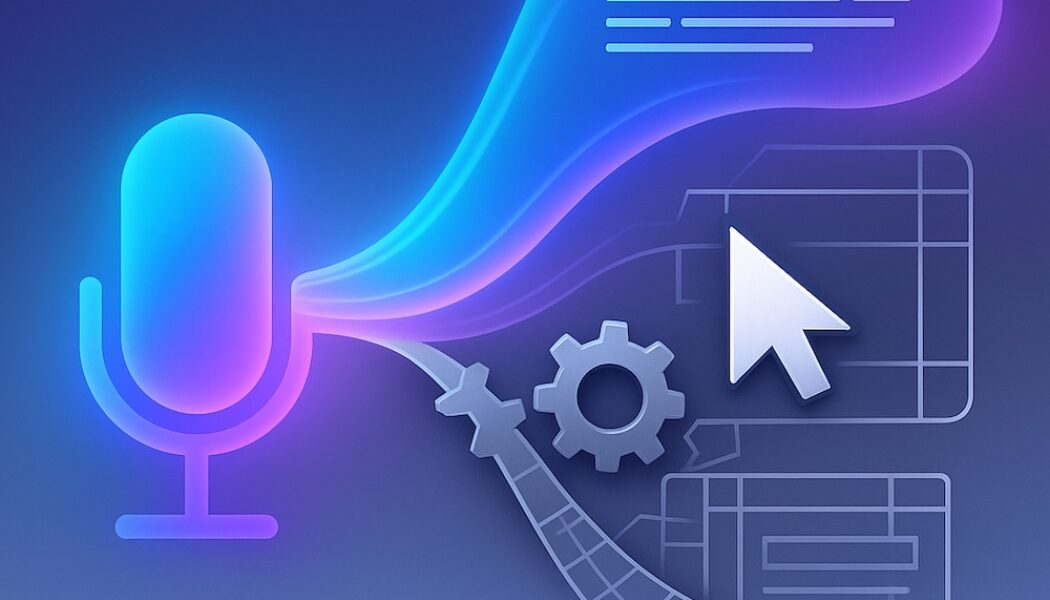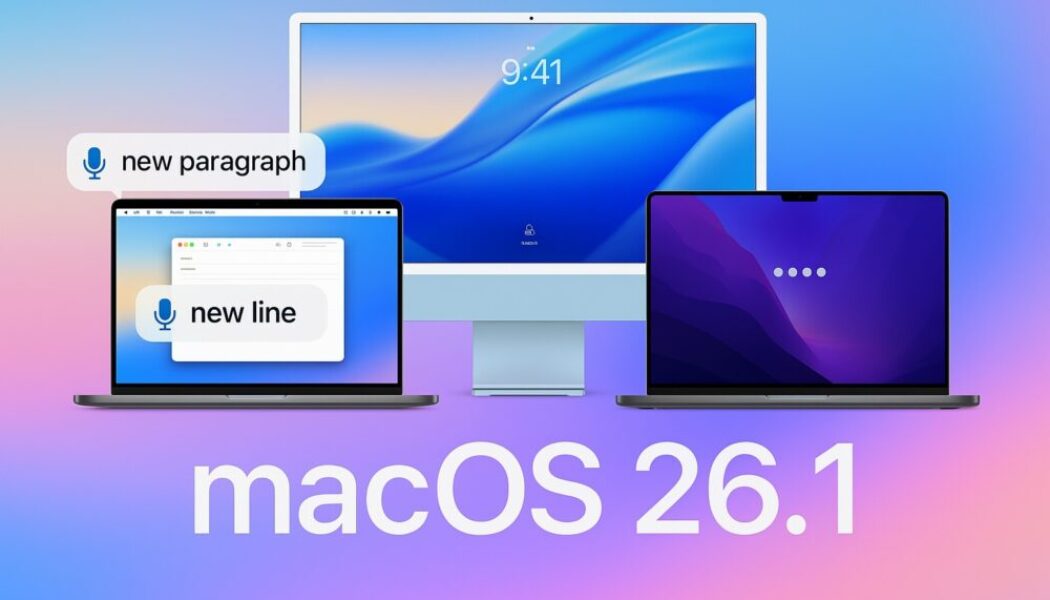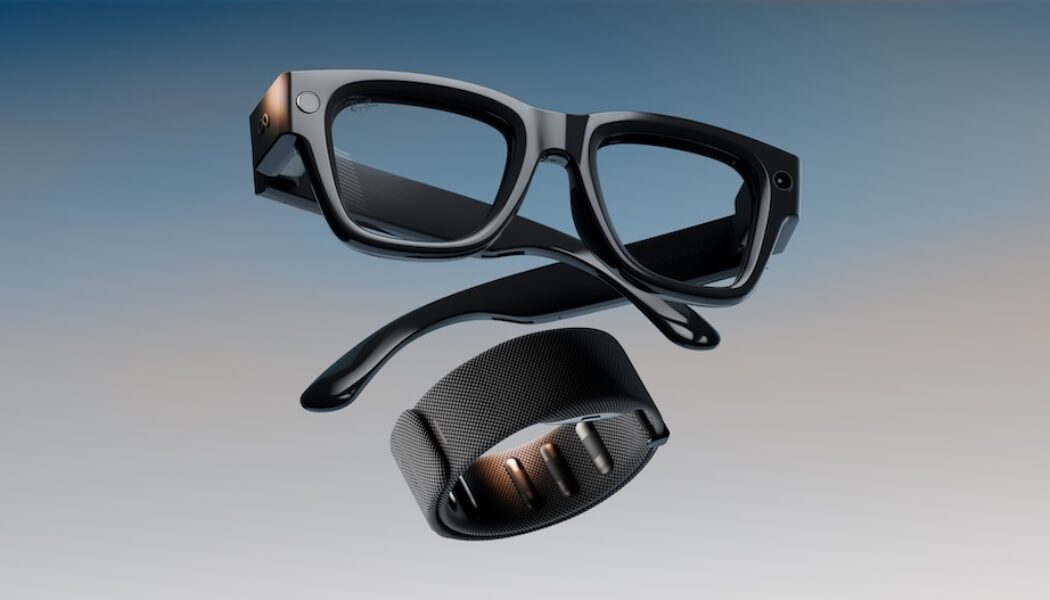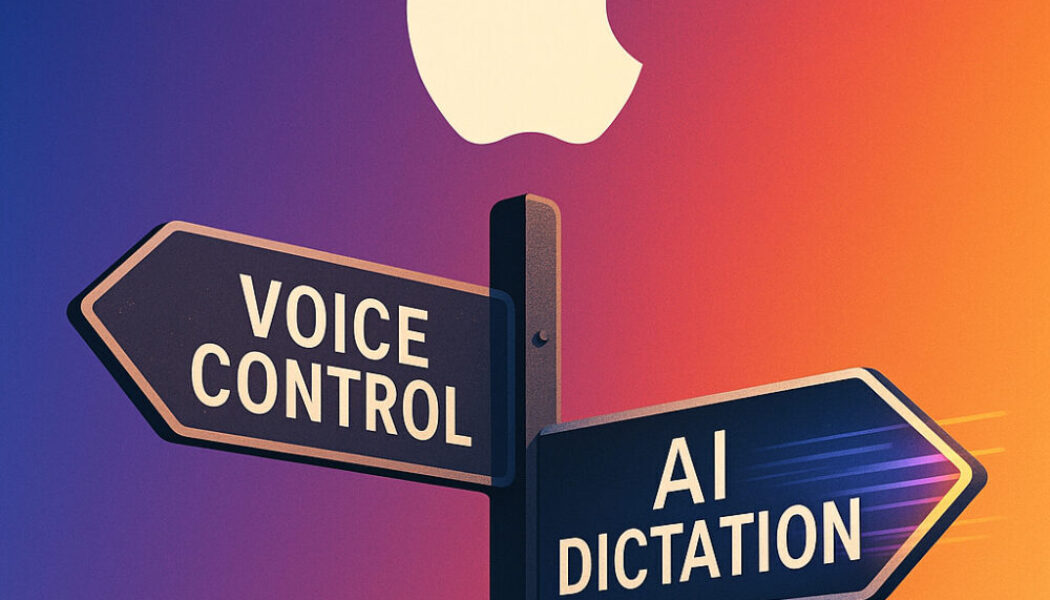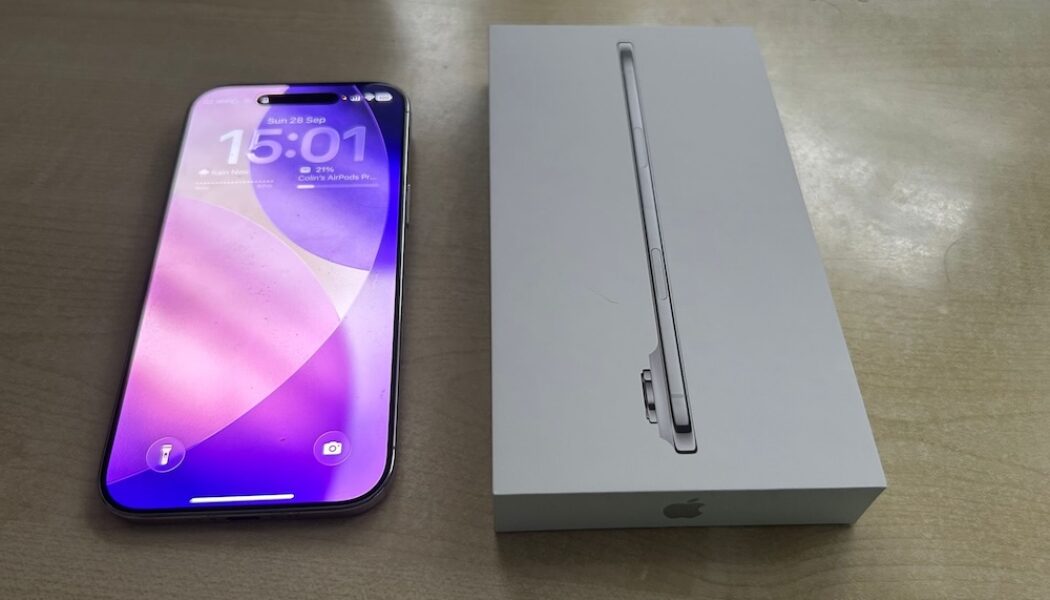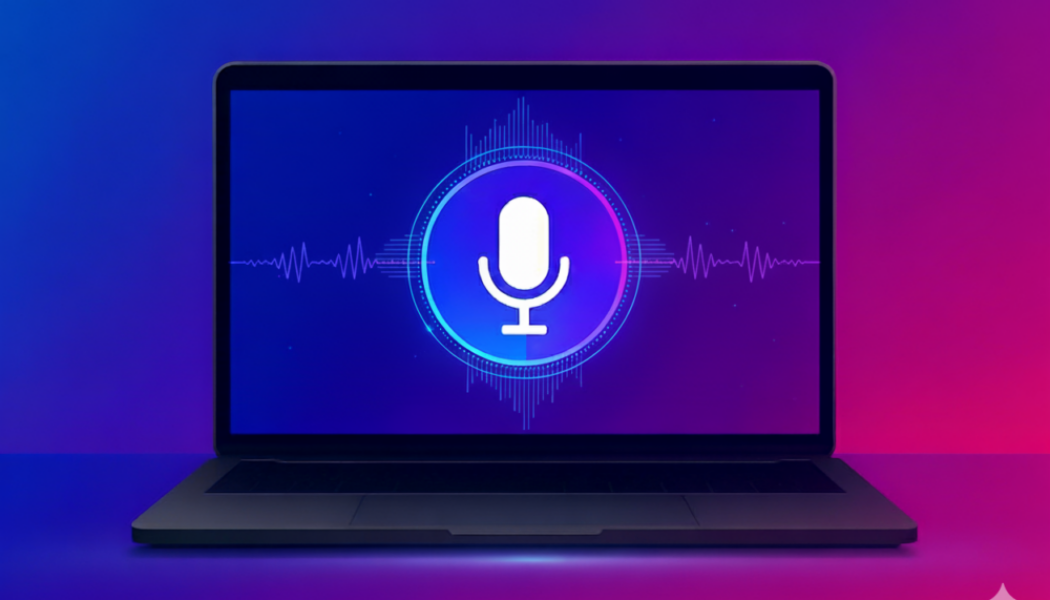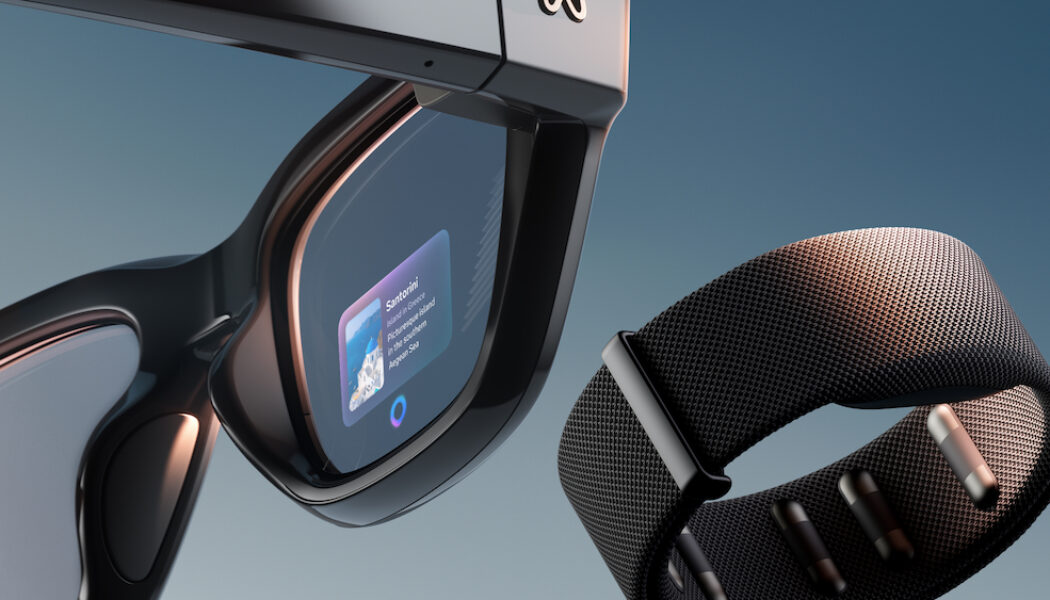News
Labour promised to fix the NHS. So why am I, a vulnerable housebound patient, still waiting for a flu jab?
Flu season has arrived early. BBC News reports a sharp rise in infections, prompting ministers and public health officials to issue their annual directive: get vaccinated now. Hospitals are already bracing for a gruelling winter, and the message to the vulnerable is urgent. Yet while the rhetoric is clear, the reality for those of us who cannot leave home is anything but. This winter, securing a flu or Covid vaccine as a housebound patient with muscular dystrophy has become a battle—one that has revealed not just a breakdown in local systems, but a troubling lack of national transparency. A broken system for housebound flu vaccines I am a registered patient at Victoria Medical Centre in Westminster, central London. Because I am housebound during the colder months, my vaccinations have alwa...
Budget 2025: Motability cuts that betray disabled people’s independence
The Autumn Budget delivered many of the usual headlines — duties rising on cigarettes and alcohol, eye-catching giveaways, and a handful of announcements clearly shaped for the early evening news. But beneath all that theatre came something far more damaging: the confirmation of significant Motability cuts, changes that strike at the heart of independence for thousands of disabled people. The government has confirmed that a range of so-called “luxury” vehicles will be removed from the Motability Scheme. On paper, it sounds minor. In reality, the move dismantles part of one of the UK’s most successful and respected social-policy achievements of the last half-century. Why the Motability cuts really matter The government is selling these restrictions under two banners: fiscal responsibility a...
Voice Control in macOS 26.1 fixes some bugs — but Apple should add “Background Accessibility Improvements”
Voice Control in macOS 26.1: progress, but key bugs remain After six weeks of waiting, Voice Control in macOS 26.1 has arrived — and it’s a story of progress mixed with frustration. The good news: Apple has finally fixed long-standing issues with “delete that”, “lower case that”, and the missing in-sentence cursor. These are small but meaningful improvements for those who rely entirely on voice to use their Mac. But two of the most basic commands still don’t work properly: • “New paragraph” remains broken, particularly in the Mail app. • “New line” still takes three to four seconds to respond. These are not minor oversights — they’re fundamental to writing professional emails and documents by voice. For disabled people who Voice Control in macOS 26.1, such bugs can severely limit productiv...
A picture paints a thousand words: why cutting Motability would be a betrayal
They say every picture tells a story. In this old family photo from the 1990s, I’m sitting outside our home in rural Wales with my brother Ian and sister Lyn. My brother Alan isn’t in the photo. Behind us stand three Chrysler Voyagers — wheelchair-accessible Motability vehicles that gave us the freedom to live, work, and stay connected with the world. All four of us were born with muscular dystrophy, a severe muscle-wasting condition that gradually weakens the body. Those cars weren’t symbols of luxury — they were symbols of independence. For over three decades, the Motability scheme has enabled around 815,000 disabled people to exchange their mobility allowance — such as the enhanced rate of PIP — for a leased car, scooter or powered wheelchair. Now, with Chancellor Rachel Reeves reported...
Meta visited me to test the Meta Ray-Ban Display glasses and Neural Band
Meta brought the future to my doorstep Two weeks ago, something quite extraordinary happened. Meta Reality Labs visited my London home to let me try the new Meta Ray-Ban Display glasses — the first model with a built-in display — bundled with the Meta Neural Band wristband. Officially released in the US on 30 September 2025, and priced from $799, the devices aren’t yet available in the UK— so having them brought directly to me felt both a privilege and an honour. I live with a muscle-wasting condition called muscular dystrophy, which means I have very limited movement in my fingers, wrists, and arms. Everyday interactions most people take for granted — like pressing a button or tapping a touchscreen — can be physically impossible for me. That’s why innovations like the Neural Band are so f...
Apple’s Voice Control has stalled — but AI dictation is racing ahead
Last month I reported on a series of serious Voice Control bugs in macOS 26 that Apple quietly acknowledged but has yet to fix. You can read that piece here. The story struck a nerve because these weren’t minor quirks — they broke the core promise of Voice Control for people who depend on it to use their Macs hands-free. Frankly, it’s astonishing that Apple allowed these bugs to ship. The glitches are more than technical oversights; they’re symptomatic of something deeper — a feature that has stalled. Voice Control feels like it’s been left to drift, surviving largely for the small group of disabled people who rely on it, but getting little of the attention that once made Apple a leader in voice accessibility. Yet while Apple’s own tools languish, artificial intelligence is quietly reinven...
Ray-Ban Meta smart glasses gen 2 review: power, promise, and what’s next
The battery, for real this time Let me start with what works: battery life. The Ray-Ban Meta smart glasses Gen 2 claims up to 2× the battery life over Gen 1. In my use — a few photos, a video, message readouts, a couple of calls — I got through most of the day without panic about dying power. For someone with a disability who depends on the glasses to stay connected, that’s a game-changer: on Gen 1, if the battery died mid-day and I couldn’t swap or charge the glasses myself, all communication would fall silent. Now, that risk is much lower. Video capture has also been boosted: the Ray-Ban Meta smart glasses Gen 2 supports 3K Ultra HD video capture (though photos remain largely unchanged). That’s a meaningful step forward for content capture use cases, whether for vlogging, POV clips, or s...
iPhone Air review: why Apple’s lightest phone might be the perfect ‘bed phone’
When Wall Street Journal tech columnist Joanna Stern remarked on Threads that the iPhone Air might be the perfect “bed phone,” it wasn’t just a throwaway comment. It captured something millions of us do every day — using our phones in bed. Whether it’s late-night doomscrolling, a quick YouTube binge, or simply setting an alarm, phones have become bedtime companions. The iPhone Air itself is Apple’s brand-new addition to the lineup — a model that’s significantly lighter and thinner than any iPhone the company has ever made, yet still carries over many of the Pro-level features. It represents Apple’s boldest attempt yet to rethink what an iPhone can feel like in the hand. For me, with severe muscle weakness, Stern’s phrase resonated even more. Because of the fatiguing effects of my muscle-wa...
Apple confirms Voice Control bugs in macOS 26
Apple has acknowledged a series of bugs affecting Voice Control in macOS 26, the company’s built-in accessibility feature that allows people to fully operate a Mac by voice. Over the past week, users have reported that several key commands are not working as expected, with some issues seriously impacting productivity. After a detailed bug report was submitted, Apple’s accessibility team confirmed it is aware of the problems and has passed them on to engineering for investigation. The bugs The issues confirmed by Apple include: • “Delete that” command malfunctioning — instead of deleting the last dictated phrase, the command only removes the final character. • Invisible cursor in Mail — while dictating, the text caret disappears halfway through a line, making it impossible to see where edit...
Why Meta’s Ray-Ban Display glasses feel like the next step for accessibility
This line from Meta’s announcement of the new Ray-Ban Display glasses with Neural Band really struck me. “Think of the potential impact it could have for people with spinal cord injuries, limb differences, tremors, or other neuromotor conditions.” I haven’t tried them yet — they don’t launch until 30 September, and only in the US and select stores at first — but as someone with very limited upper limb mobility, I can already see why this feels different. Beyond another wearable The first generation of Ray-Ban Metas already brought me into the fold. For the first time, I could wear glasses that looked like glasses, but also gave me voice control, hands-free photo and video capture, calls, messaging, and AI assistance. That was a step towards independence. But wrist wearables from Apple, Goo...
Aqua Voice delivers what Apple’s dictation still lacks
Dictation on the Mac has often felt like a leap of faith. Apple’s native Dictation and Voice Control offer a path to speech-to-text, but accuracy issues, sluggish input, and awkward editing frequently interrupt productivity. Aqua Voice, a third-party, AI-powered dictation tool, aims to redress these shortcomings—and largely succeeds. How Aqua Voice elevates Mac Dictation Aqua Voice presents as a floating text box on your desktop. Trigger dictation using a pre-configured keystroke, speak, and see live transcribed text. When you’re satisfied, another keypress pastes the text into any application—whether that’s Mail, Notes, Slack, Word, or iMessage. At first glance, it’s remarkably straightforward. But under the hood, Aqua Voice runs on advanced AI models that achieve near real-time transcrip...
